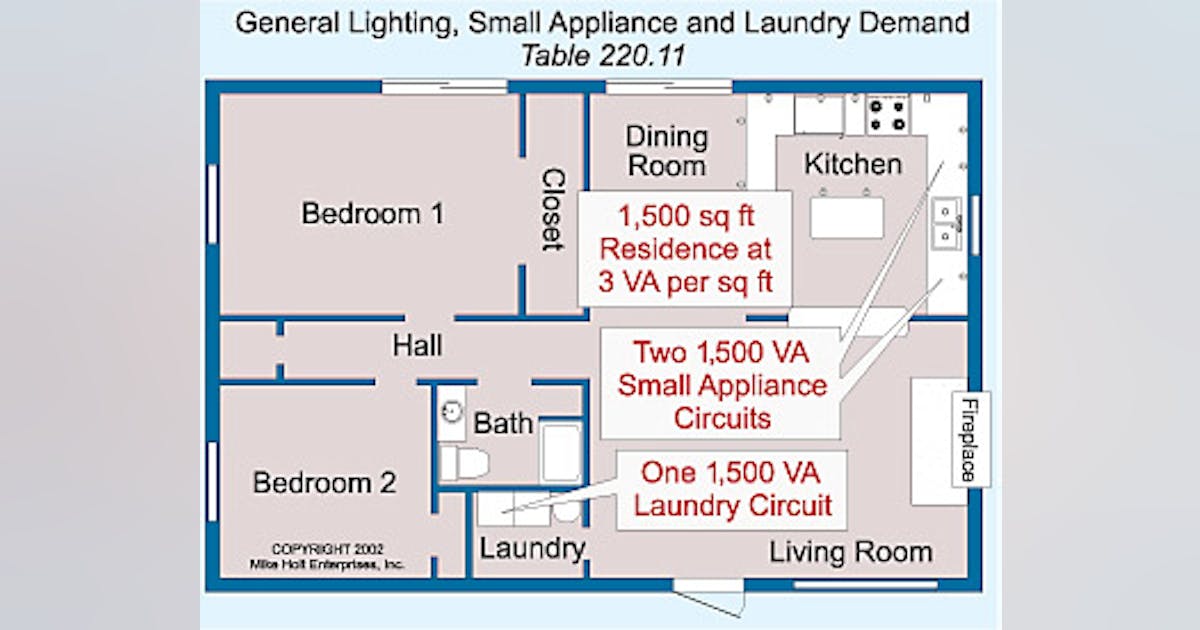My last post was basically a discussion to prove from an engineering standpoint that underlying principle of the NEC 690.64 is upheld and in fact is easier to prove using a load side connection.
While Sensij has pointed out that there are changes to 690. This is as per NEC2014 with additional requirements in Article 705.
Without having actually read the new sections I have yet to hear that anything other that references to old code is wrong; the references to sound engineering has not changed. The most compelling reason to get a new panel is for a master cut-off and transfer switch for a generator. I don't believe the PV install is a driver at all to a panel replacement. From a safety and cost standpoint the load side breaker in the lower split panel bus is preferable.
I don't understand your point re: line feed. It is 4/0 aluminum wire and it runs through a 3" (yes inches) conduit from the panel box such that it apparently has no bearing on the discussion
While Sensij has pointed out that there are changes to 690. This is as per NEC2014 with additional requirements in Article 705.
Without having actually read the new sections I have yet to hear that anything other that references to old code is wrong; the references to sound engineering has not changed. The most compelling reason to get a new panel is for a master cut-off and transfer switch for a generator. I don't believe the PV install is a driver at all to a panel replacement. From a safety and cost standpoint the load side breaker in the lower split panel bus is preferable.
I don't understand your point re: line feed. It is 4/0 aluminum wire and it runs through a 3" (yes inches) conduit from the panel box such that it apparently has no bearing on the discussion





Comment